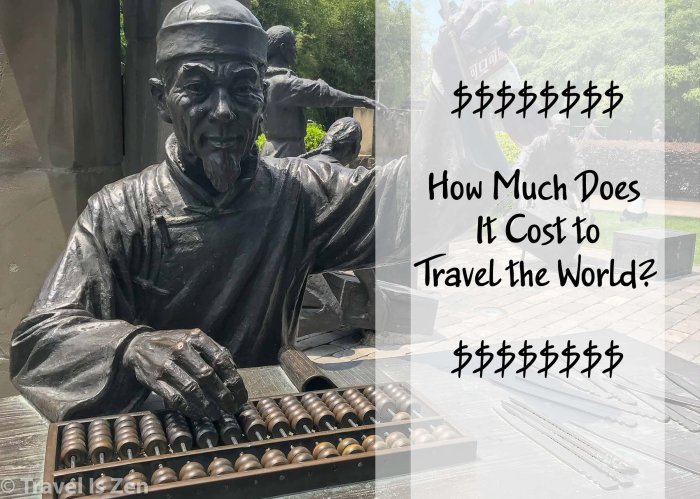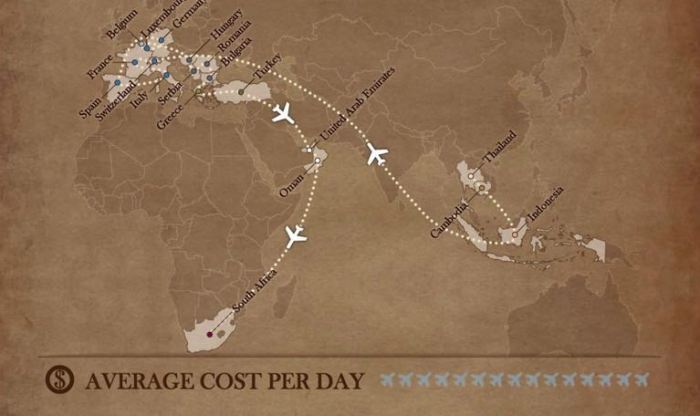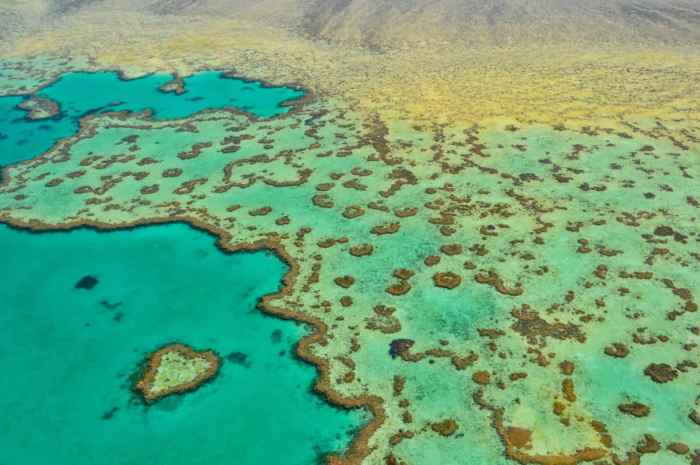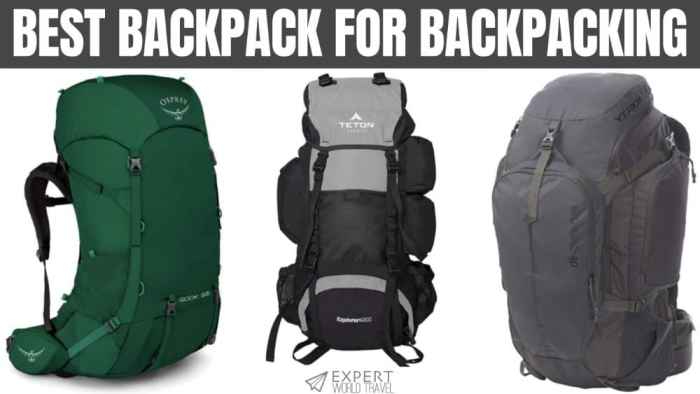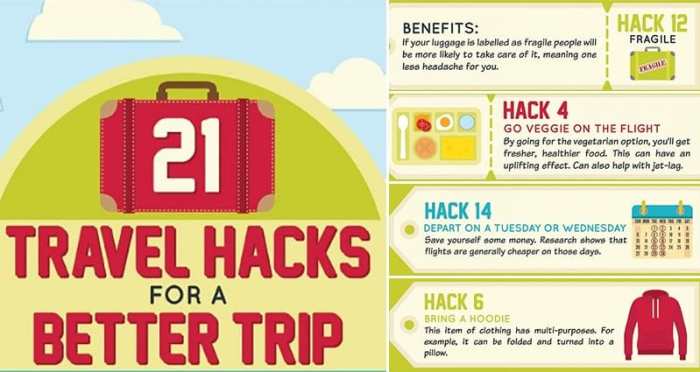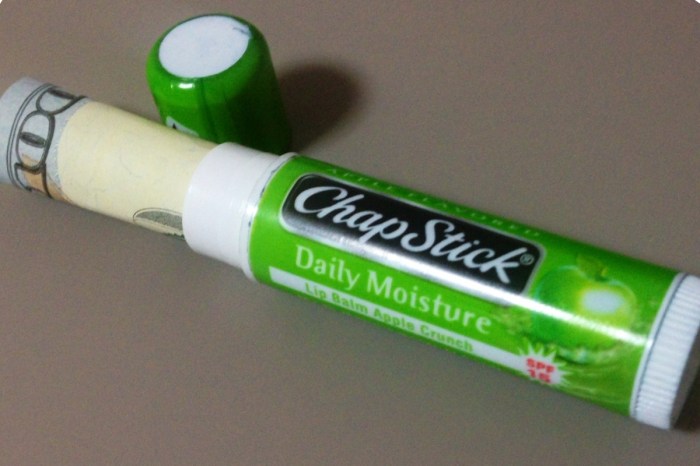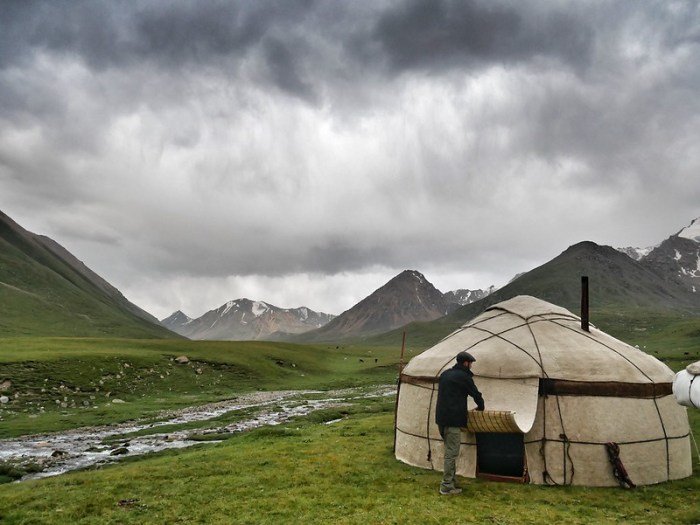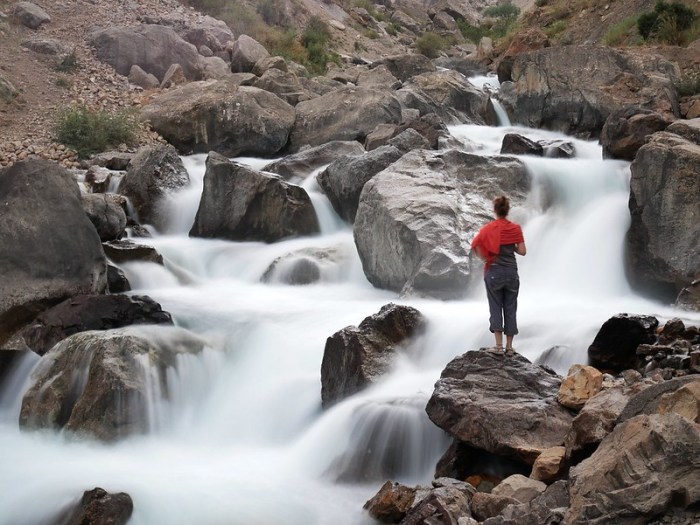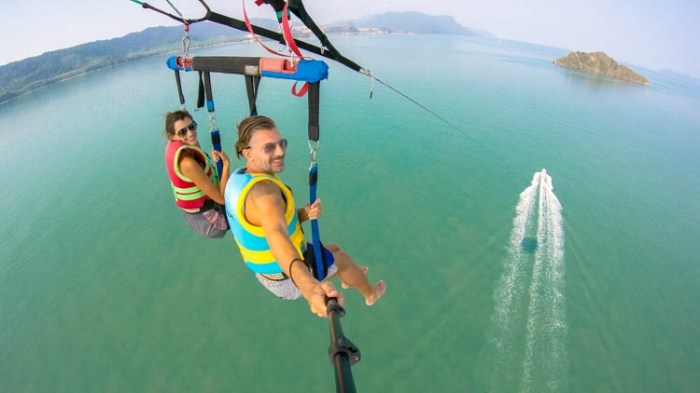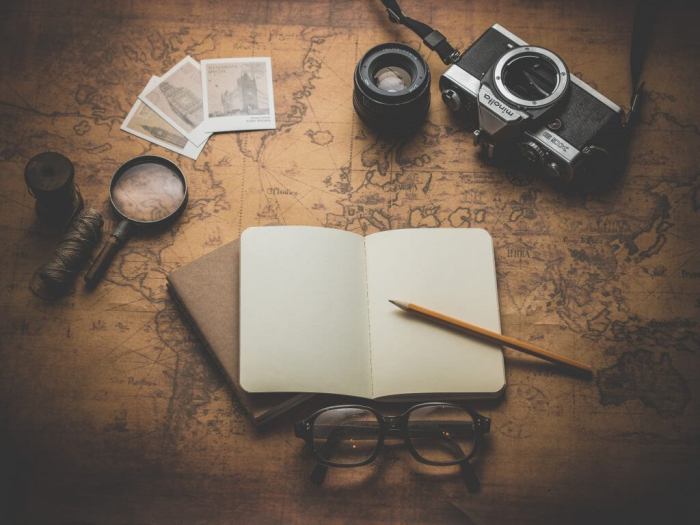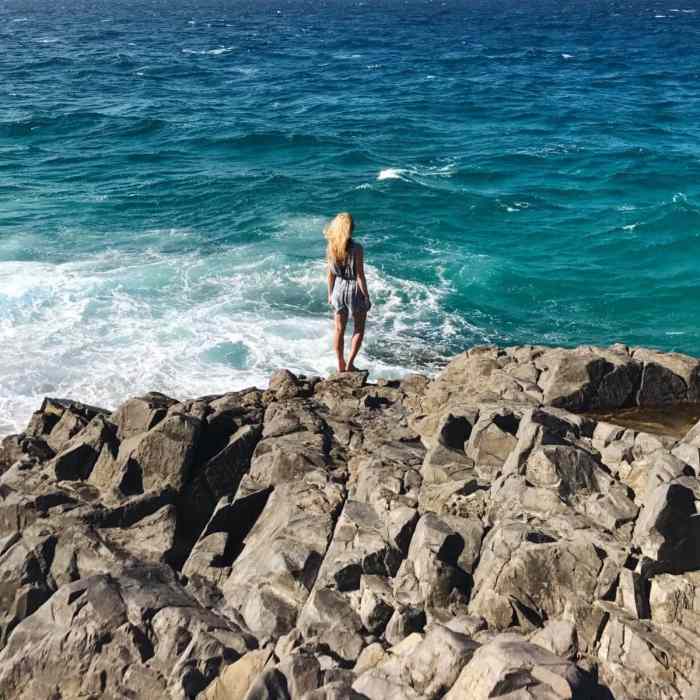Worldwide plane ticket: Navigating the complexities of global travel, from comparing flight search engines to optimizing routes and understanding pricing strategies. This comprehensive guide empowers you to make informed decisions, maximizing value and minimizing stress in your global adventures.
This exploration delves into the intricate world of worldwide flight booking, examining the best platforms, understanding pricing dynamics, and providing essential travel planning tips. From identifying hidden discounts to mastering connecting flights, this resource serves as your trusted companion for seamless global travel.
Global Flight Search Platforms
Navigating the complex landscape of global air travel often involves extensive research and comparison. Modern flight search engines have revolutionized this process, providing users with a vast array of options and sophisticated tools to find the best deals. This comprehensive overview explores the top contenders in the market, analyzing their features, functionalities, and pricing models.
Comparison of Top 3 Global Flight Search Engines
These platforms aggregate flight data from various airlines and travel agencies, allowing users to compare prices and options efficiently. Crucially, they often offer unique tools and features that enhance the search process and optimize the booking experience.
| Feature | Platform A | Platform B | Platform C |
|---|---|---|---|
| Key Functionalities | Real-time flight tracking, multi-city options, and advanced filtering capabilities. | Comprehensive route mapping, integrated hotel booking, and flexible date searching. | User-friendly interface, a vast network of partners, and price comparison across numerous carriers. |
| Pricing Models | Commission-based, with transparent pricing displayed. | Subscription-based model with various tiers offering varying features and cost-effectiveness. | Direct commission-based pricing from airlines, providing highly competitive fares. |
| User Interface | Intuitive design with clear navigation and visual aids. | Sophisticated interface, providing users with comprehensive details for every flight option. | Modern, streamlined interface with a focus on fast results and seamless searching. |
Search Parameters and Filters
A wide range of parameters and filters empower users to refine their searches to find the ideal flight.
- Flexible Dates: Users can specify preferred travel dates or choose flexible dates to find the best possible prices, adjusting the dates to obtain the most economical options.
- Specific Airlines: Users can target particular airlines to accommodate their brand preferences or loyalty programs, potentially discovering unique fares or perks.
- Cabin Classes: The search parameters include the ability to filter for various cabin classes (economy, business, first-class) enabling travelers to choose the level of comfort and service that suits their needs and budget.
- Multiple Destinations: Advanced options often allow for searches across multiple destinations or open-jaw flights, catering to diverse travel itineraries and preferences.
- Stops and Layovers: The search engines allow users to filter for flights with a specific number of stops or layovers, optimizing travel time and minimizing potential delays.
Booking Options and Associated Fees
These platforms offer a diverse range of booking options to suit individual preferences.
- Direct Booking: Users can directly book flights from the search engine, potentially avoiding additional fees or commissions.
- Third-Party Bookings: These platforms facilitate bookings through affiliated travel agents or airlines, which may influence pricing and booking procedures.
- Booking Fees: The platforms may impose fees for services like baggage handling, seat selection, or insurance. Understanding these fees is essential for budgeting travel costs.
Factors to Consider When Selecting a Flight Search Engine
Choosing the right platform involves careful consideration of various aspects.
- Price Comparison: Evaluating the accuracy and comprehensiveness of the price comparison across different platforms is vital for finding the most cost-effective options.
- User Interface and Functionality: A user-friendly interface and efficient search tools can greatly enhance the user experience, optimizing the search and booking process.
- Reputation and Reliability: Users should investigate the platform’s reputation for accuracy, reliability, and customer service. Checking customer reviews and ratings can help in evaluating the platform’s credibility.
- Booking Options and Fees: Users should review the booking options, associated fees, and policies to ensure they align with their preferences and budget.
Worldwide Ticket Pricing Analysis
Global air travel is a complex ecosystem, with ticket prices influenced by a multitude of interconnected factors. Understanding these dynamics is crucial for travelers seeking cost-effective options for their worldwide journeys. This analysis delves into the intricacies of worldwide ticket pricing, examining the variables that shape costs and strategies for identifying value.The price of a worldwide plane ticket is not a fixed amount, but rather a dynamic variable responding to numerous factors.
From seasonal fluctuations to the popularity of specific routes, various forces interact to determine the final cost. This analysis will Artikel these influential factors, demonstrating how airlines and travel agencies manipulate pricing strategies and providing tools for savvy travelers to uncover potential discounts.
Factors Influencing Worldwide Ticket Prices
Worldwide ticket pricing is influenced by a complex interplay of variables. Demand, route popularity, and seasonal trends are key drivers. Airline and travel agency strategies also play a significant role in shaping the final price.
- Seasonality: Travel demand fluctuates significantly throughout the year. Peak seasons, like holiday periods and summer vacations, typically witness higher prices due to increased demand. Conversely, prices are often lower during the off-season, reflecting reduced travel demand. For example, flights to popular ski destinations are significantly more expensive during winter months than in the spring.
- Demand and Route Popularity: High demand for a particular route, especially during peak seasons, can lead to higher ticket prices. Popular destinations, cultural events, or major sporting events can drive up demand and, consequently, ticket costs. Routes connecting major metropolitan areas often command higher prices compared to less-traveled routes.
- Airline and Travel Agency Strategies: Airlines and travel agencies employ dynamic pricing strategies to maximize revenue. They analyze demand patterns and adjust prices accordingly. Airlines might offer discounted fares for advance bookings or during specific sales periods. Travel agencies often incorporate commissions and fees into the overall ticket cost. Airlines might use algorithms to adjust prices in real-time based on factors like competitor pricing and inventory levels.
Identifying Discounts and Deals
Savvy travelers can uncover substantial discounts by employing proactive strategies. Monitoring sales, utilizing flexible travel dates, and exploring alternative routes can lead to significant cost savings.
- Monitoring Sales and Promotions: Airlines and travel agencies frequently announce sales and promotions. Staying updated on these announcements through newsletters, social media, and dedicated travel websites is essential for identifying potential deals. Utilizing price tracking tools can also provide real-time updates on fare fluctuations.
- Flexibility with Travel Dates: Choosing dates outside peak travel seasons can result in substantial savings. Flights on weekdays or during less popular times often have lower prices than those on weekends or during peak seasons. Consider traveling mid-week or on less popular dates.
- Exploring Alternative Routes: Sometimes, taking an indirect route, albeit with a connecting flight, can be significantly cheaper than a direct flight. By being open to different routes, travelers can discover cost-effective alternatives.
Comparing Prices Across Airlines and Agencies
Effective price comparison is critical for securing the best possible deal. Employing tools and strategies can simplify this process.
- Utilizing Comparison Websites: Several websites dedicated to flight comparison facilitate easy price comparisons across multiple airlines and agencies. These platforms typically provide tools to filter results based on specific criteria, such as dates, destinations, and desired airlines.
- Using Price Tracking Tools: These tools can track price changes for specific routes, enabling travelers to identify potential discounts and avoid overpaying. Some tools provide alerts when prices drop below a predetermined threshold, ensuring travelers are notified of any significant changes.
- Direct Booking with Airlines: Booking directly with the airline can sometimes provide better prices compared to using travel agencies. However, travelers should compare prices before committing to a particular booking method.
Travel Planning Considerations
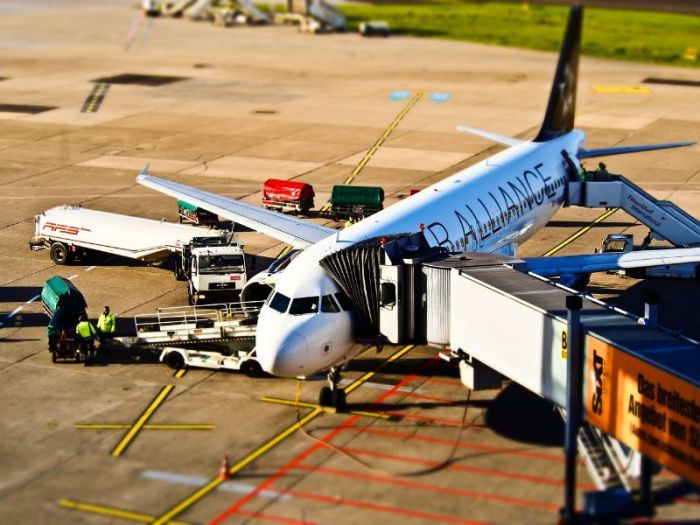
Source: women-on-the-road.com
Global travel is experiencing a resurgence, driven by increased disposable income and a desire for unique experiences. Navigating the complexities of worldwide travel requires meticulous planning, particularly in the realm of flight bookings and ancillary considerations. Thorough preparation is crucial for a smooth and enjoyable journey.The journey from initial inspiration to final arrival requires meticulous attention to detail.
Factors such as visa requirements, currency exchange rates, and local customs significantly impact the overall travel experience. Understanding these nuances ensures a safe and comfortable trip. This section provides a comprehensive guide to successful worldwide travel planning.
Visa Requirements
Visa requirements vary significantly by destination country. Applicants must meticulously research visa requirements based on nationality and intended stay. Failure to comply with visa regulations can lead to denied entry, significant delays, and potential financial losses. Understanding the specific visa needs for each country is essential.
Currency Exchange
Effective currency exchange strategies are essential for managing travel expenses. Exchange rates fluctuate constantly, and travelers should explore various options for maximizing their funds. Researching the most advantageous exchange rates, considering international transfer fees, and using credit cards with no foreign transaction fees are critical aspects of cost management.
Local Customs and Etiquette
Respecting local customs and etiquette is paramount for a positive travel experience. Different cultures have diverse customs regarding dress, social interaction, and religious practices. Before departure, it is prudent to research and familiarize oneself with the local customs of each destination to avoid misunderstandings and cultural faux pas.
Travel Insurance Options
Comprehensive travel insurance is a critical component of international travel. Insurance coverage should encompass medical emergencies, trip cancellations, lost luggage, and other unforeseen events. A careful comparison of different policies and providers is vital to ensure adequate protection against potential risks.
Travel Planning Tools and Resources
Numerous travel planning tools and resources are available, ranging from online flight aggregators to dedicated travel planning apps. These tools can assist in comparing flight options, accommodation choices, and transportation routes. Careful consideration of user reviews, ease of use, and features offered is crucial for choosing the optimal tool.
Travel Agents’ Role
Travel agents play a pivotal role in the travel planning process, offering expertise and assistance in arranging flights, accommodations, and other travel arrangements. Their knowledge of different travel destinations and services can provide significant value to travelers, particularly those unfamiliar with international travel. They can manage various aspects of the journey, reducing stress and maximizing efficiency.
Route Optimization and Alternatives: Worldwide Plane Ticket

Source: googleapis.com
Global travel planning extends beyond simple flight searches. Optimizing routes and considering alternative transportation methods can significantly impact the overall travel experience and cost. Careful planning, including researching alternative modes of transport, is key to a seamless and cost-effective journey.
Alternative Travel Methods
Exploring alternative transportation options can diversify your journey and introduce unique experiences. Trains, buses, and ferries offer a different perspective of destinations and can be more budget-friendly than flying, particularly for shorter distances or certain routes. These options can also provide opportunities for immersion in local cultures.
- Trains: High-speed rail networks connect major cities across continents, often offering comfortable accommodations and scenic routes.
- Buses: A cost-effective way to travel longer distances, especially in developing countries, buses can provide a more affordable alternative to air travel, while often offering a unique travel experience.
- Ferries: Ideal for island hopping or coastal journeys, ferries provide a relaxing and often scenic mode of transportation, particularly for sea travel.
Optimal Routes for Connecting Flights
Finding the most efficient routes for connecting flights is crucial to minimize travel time and maximize your experience. Flight mapping tools can significantly assist in this process.
- Flight Mapping Tools: These tools allow you to visualize flight paths, identify potential layovers, and estimate total travel times. They are valuable resources for optimizing your itinerary.
Multi-City Trip Planning, Worldwide plane ticket
Planning a multi-city trip requires meticulous consideration of flight connections and potential layovers. Understanding layover times and airport transfer options is essential.
- Layover Considerations: Factor in the time required for airport transfers, security checks, and potential delays. Booking flights with adequate layover times prevents stressful experiences.
- Connecting Flights: Use flight search engines and comparison tools to identify connecting flights with minimal transfer times and delays.
Illustrative Route Comparison
The following table presents a hypothetical worldwide trip with different route options, highlighting travel time and estimated costs.
| Route | Mode of Transport | Estimated Travel Time (Days) | Estimated Cost (USD) |
|---|---|---|---|
| Route A (Air) | Connecting Flights | 14 | $2,500 |
| Route B (Air/Train) | Connecting Flights & Train | 16 | $2,000 |
| Route C (Air/Ferry) | Connecting Flights & Ferry | 18 | $1,800 |
Note: Costs are estimates and may vary based on booking time, class of travel, and specific routes chosen.
Special Flight Scenarios

Source: huffingtonpost.com
Navigating the complexities of global travel often involves unique circumstances. From accommodating diverse traveler needs to securing last-minute tickets, understanding specific flight scenarios is crucial for a seamless experience. These scenarios demand careful planning and a deep understanding of airline policies and procedures.Specific traveler groups, such as families, seniors, and individuals with disabilities, require tailored attention. Airline policies and procedures often provide essential support and assistance to these groups.
Booking last-minute flights necessitates a proactive approach, understanding that availability and pricing may fluctuate significantly. Careful consideration of connecting flights, layover duration, and baggage allowances are critical for optimizing travel time and minimizing disruptions.
Booking Tickets for Specific Traveler Groups
Airlines typically offer various accommodations for families, seniors, and individuals with disabilities. This includes priority boarding, accessible seating, and assistance services. Families may benefit from special arrangements for connecting children and infants. Seniors may be offered preferential treatment in terms of boarding and baggage handling. Individuals with disabilities may require special assistance with wheelchair access, mobility devices, or other support services.
It’s essential to confirm these accommodations with the airline directly during the booking process.
Booking Last-Minute Worldwide Flights
Last-minute bookings often result in higher prices due to reduced availability. However, strategic timing and flexible destinations can yield better deals. Utilizing flight comparison websites and utilizing price alerts can be beneficial in securing the most competitive rates. Monitoring flight availability on the airline’s website or through dedicated travel agencies can also lead to finding suitable options.
Real-time flight tracking and dynamic pricing updates can be invaluable in this scenario.
Booking Connecting Flights and Layover Duration
Connecting flights demand meticulous planning, especially regarding layover durations. A short layover can lead to missed connections and significant travel delays. Adequate time for baggage transfer, security checks, and potential delays at the connecting airport should be factored into the travel plan. Checking the airline’s policies regarding layover durations and the specific connecting airport protocols is crucial.
Planning a worldwide plane ticket often involves meticulous research. Considering the potential destinations, you might also want to explore local gems like parks and trails near you, like those found at parks and trails near me. Ultimately, this can enrich your travel experience and potentially save you money before you embark on your grand adventure.
Utilizing flight comparison tools that provide detailed connection information is essential for optimized travel plans.
Booking Flights with Specific Baggage Allowances
Baggage allowances vary significantly between airlines and routes. Understanding the specific baggage allowances for the chosen flight is crucial for avoiding baggage fees. It is essential to carefully review the airline’s baggage policy, including restrictions on checked and carry-on luggage. Oversized or oversized items, or excessive weight, might incur additional fees. Understanding these policies in advance can save considerable financial costs.
Understanding Different Airline Policies
Each airline has its own set of policies regarding cancellations, changes, and refunds. Reading the fine print and thoroughly understanding the specific conditions associated with the booking is crucial. Knowing the airline’s baggage policies, including restrictions on checked and carry-on luggage, is equally important. Different fares have different terms and conditions, so carefully review the terms and conditions of your booking.
This is particularly important when considering potential issues such as travel delays, flight cancellations, or baggage loss.
Practical Tips for Booking
Securing the best deals on worldwide flights requires strategic planning and meticulous execution. This involves understanding dynamic pricing models, utilizing effective comparison tools, and anticipating market fluctuations. A proactive approach, rather than reacting to last-minute offers, often yields better results. Moreover, understanding booking strategies for specific periods like holidays is crucial for optimizing travel plans.
Optimizing Flight Search with Comparison Tools
Effective use of flight comparison websites is essential for finding competitive fares. These platforms aggregate data from multiple airlines and travel agencies, providing a comprehensive overview of available options. Comparing various search engines can reveal subtle differences in pricing, allowing for informed decisions. It is important to carefully examine search parameters for each comparison tool to ensure that the desired results are accurately displayed.
Securing worldwide plane tickets often involves meticulous research, but savvy travelers can leverage strategies like travel hacking australia to significantly reduce costs. These techniques, when applied effectively, can unlock substantial savings on international flights, making once-distant destinations more accessible. Ultimately, the goal remains the same: finding the best possible deals on worldwide plane tickets.
Strategies for Booking in Advance or at the Last Minute
Booking flights in advance often unlocks discounts and better seat selection. However, last-minute deals can be advantageous if you are flexible with dates and destinations. Early booking offers predictability and control over the trip, while last-minute booking requires adaptability and responsiveness to evolving deals. Analyzing historical data on pricing trends can be valuable in predicting potential last-minute savings.
Booking During Specific Periods or Events
Holiday seasons and major events typically experience higher demand and consequently, increased ticket prices. However, these periods also offer opportunities for strategic booking, such as utilizing alternative airports or considering less popular travel dates. Travelers can consider booking well in advance or utilizing flexible travel windows for potential savings. Careful research and consideration of alternative dates or destinations are key.
Verifying Booking Confirmations and Understanding Ticket Terms
Thorough review of booking confirmations is crucial to avoid any potential issues. This includes double-checking details like flight numbers, dates, and passenger information. Understanding ticket terms and conditions, such as cancellation policies and baggage allowances, is paramount. Paying close attention to these details safeguards against unforeseen complications during the trip. This proactive approach prevents costly errors or unexpected expenses.
Illustrative Examples of Worldwide Journeys
A global journey, meticulously planned and executed, offers a unique perspective on the world. From navigating complex visa requirements to optimizing flight routes, the process demands careful consideration and detailed planning. This section provides a detailed example of a hypothetical worldwide journey, showcasing the intricate aspects of such a trip.This example underscores the importance of meticulous planning and proactive adjustments, crucial for a seamless and enjoyable global adventure.
It highlights the interplay of various factors, from flight schedules and accommodation to unforeseen circumstances, demonstrating the dynamic nature of global travel.
Navigating worldwide plane tickets can be complex, but understanding the broader context of travel is crucial. Planning your journey effectively requires researching various options, and resources like Travel offer valuable insights into different destinations and routes. Ultimately, finding the optimal worldwide plane ticket often involves a combination of factors, from budget to desired destinations.
Hypothetical Worldwide Journey: The “Circumnavigating the Globe” Adventure
This itinerary Artikels a 40-day journey encompassing diverse continents, focusing on cultural immersion and experiencing unique local experiences.
Flights
Careful selection of airlines and routes is vital for optimizing travel time and cost. This journey leverages multiple airlines, each known for its specific strengths. A combination of direct and connecting flights ensures efficient travel, allowing for stops at key locations. The example below details the chosen flight routes:
- Departure (New York City): Outbound flight to Tokyo, Japan via Los Angeles, utilizing a major airline with excellent in-flight amenities.
- Tokyo (Japan): Overnight stay, followed by a flight to Sydney, Australia. This leg uses a smaller, budget-friendly airline.
- Sydney (Australia): Exploration of the city’s iconic landmarks, followed by a flight to New Delhi, India.
- New Delhi (India): A longer layover in New Delhi to experience the city’s vibrant culture.
- New Delhi (India): Flight to Cape Town, South Africa, utilizing a connecting flight.
- Cape Town (South Africa): A longer layover in Cape Town to experience the city’s beautiful scenery.
- Cape Town (South Africa): Flight to London, England.
- London (England): Exploration of historical landmarks and museums, followed by a flight back to New York City.
Accommodations
The itinerary incorporates a mix of hotels, boutique accommodations, and potentially homestays in local communities to provide a balanced travel experience. This strategy offers a deeper cultural immersion, allowing for a better understanding of local customs.
Navigating worldwide plane ticket prices can be daunting. Factors like seasonality and route choices significantly impact the final cost. Understanding the associated expenses, including the backpacking around the world cost , helps travelers make informed decisions. Ultimately, the best approach for managing worldwide plane tickets involves meticulous research and strategic booking.
Travel Arrangements
Visa requirements are a critical component of planning international travel. This example assumes the traveler has the necessary documentation for all countries visited. The itinerary also includes pre-booked tours and excursions, ensuring seamless access to key attractions and experiences.
Cost Breakdown
| Category | Estimated Cost (USD) |
|---|---|
| Flights | $4,500 |
| Accommodations | $2,000 |
| Activities & Tours | $1,500 |
| Food & Expenses | $1,000 |
| Total Estimated Cost | $9,000 |
Note: This is a sample cost breakdown and does not include potential unforeseen expenses. Actual costs may vary based on the specific choices made.
Tracking Flight Status and Making Changes
Utilizing a dedicated travel app and monitoring flight status regularly is essential. Real-time flight updates allow for swift action in case of delays or cancellations. Flexibility is key in this aspect of planning; it’s important to know how to adjust the itinerary and book alternative flights if needed.
Ultimate Conclusion
In conclusion, planning a worldwide journey requires careful consideration of various factors. This guide provided a comprehensive overview of the process, from comparing flight search engines to optimizing routes and understanding pricing strategies. By understanding the key elements, you can embark on your global adventure with confidence, knowing you’ve meticulously planned every detail, from securing the perfect flights to ensuring a smooth and enjoyable trip.
Remember to thoroughly research visa requirements, currency exchange, and local customs to ensure a truly unforgettable experience.
General Inquiries
What are the most popular global flight search engines?
Several reputable platforms exist, each with unique strengths. Skyscanner, Google Flights, and Kayak are consistently ranked among the top choices. Researching reviews and comparing features based on your specific needs is crucial for finding the optimal fit.
How do I compare prices from various airlines and agencies?
Use price comparison tools effectively. These tools aggregate data from multiple sources, allowing you to identify potential deals and the most competitive fares. Remember to factor in any additional fees or surcharges before making a final decision.
What factors influence the cost of a worldwide ticket?
Seasonality, demand, and route popularity significantly impact prices. Travel during peak season or popular travel periods will often result in higher fares. Consider alternative dates and routes to potentially find more affordable options.
How can I find last-minute deals on worldwide flights?
Be flexible with your travel dates and destinations. Monitor flight aggregators and airline websites for sudden price drops. Sometimes, spontaneity can lead to incredible savings on worldwide flights.

